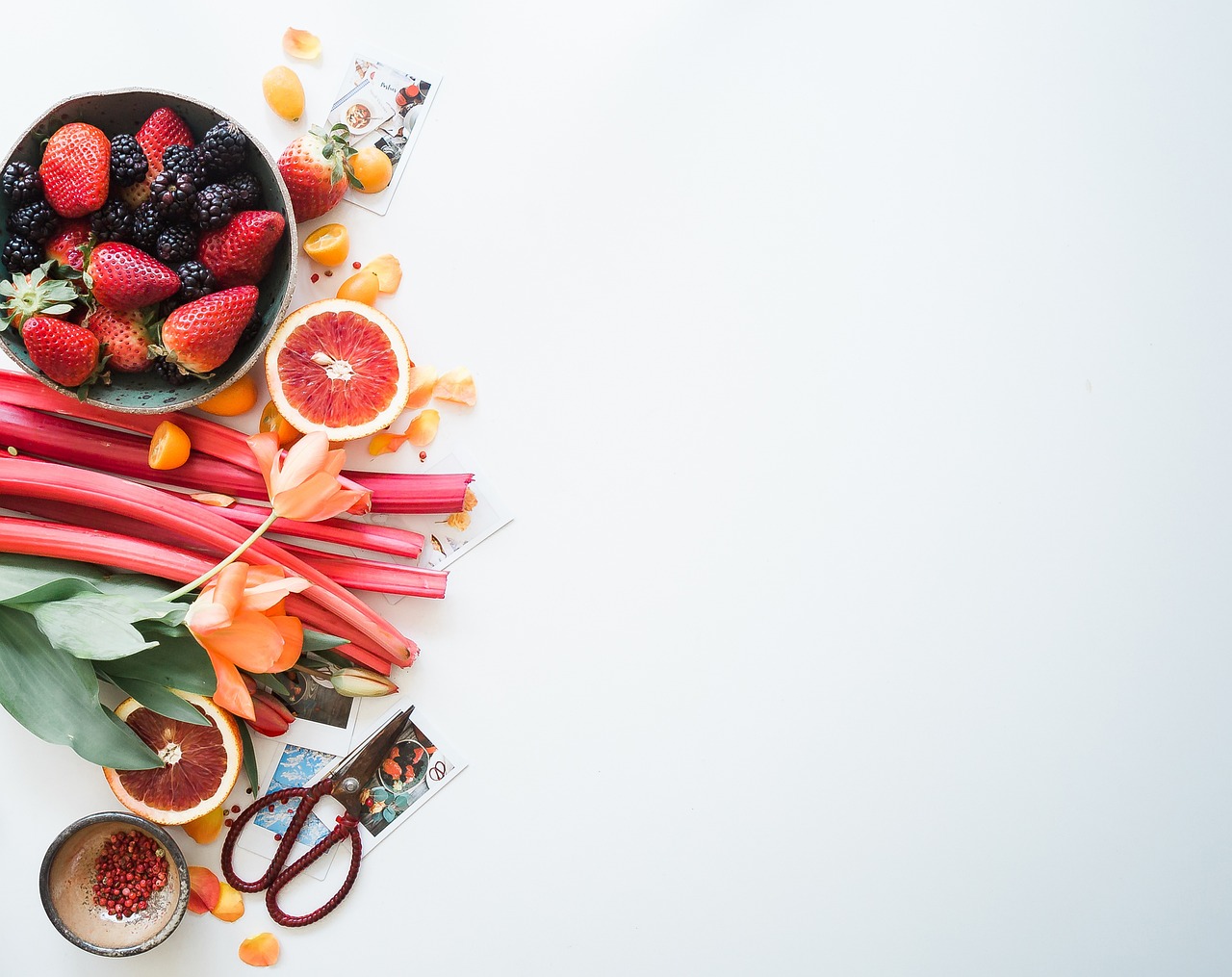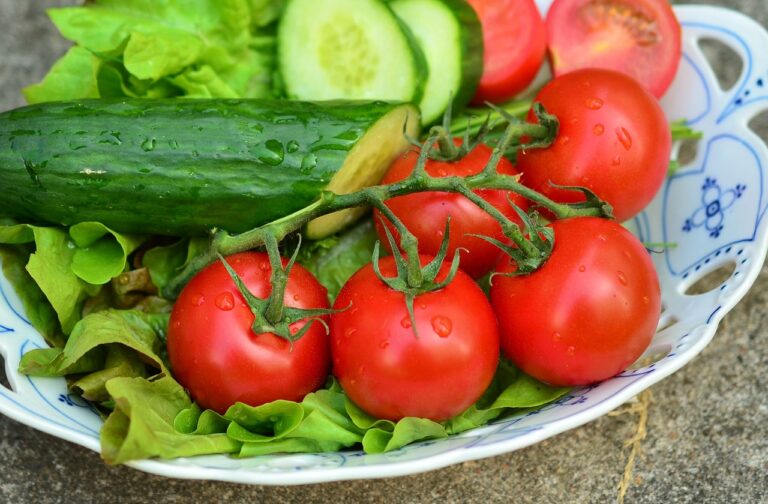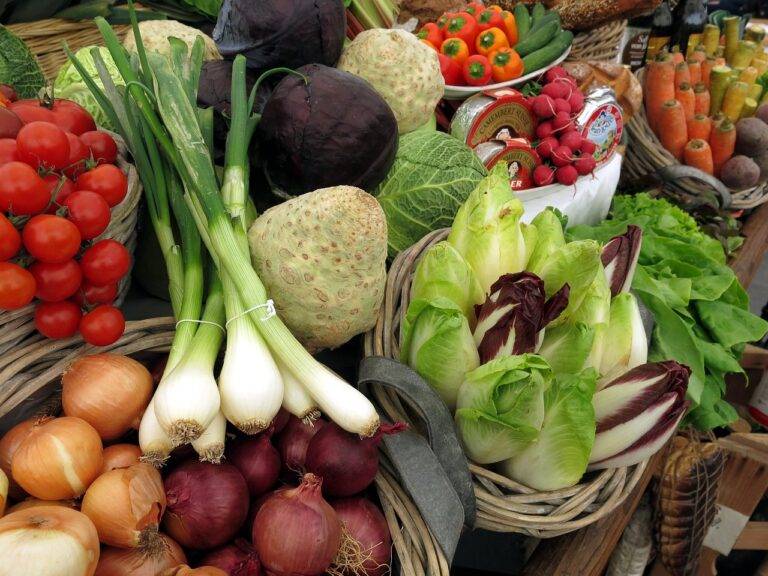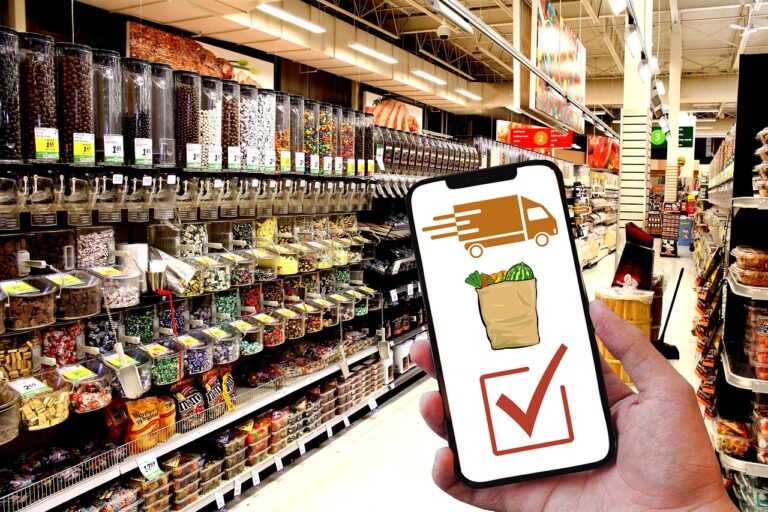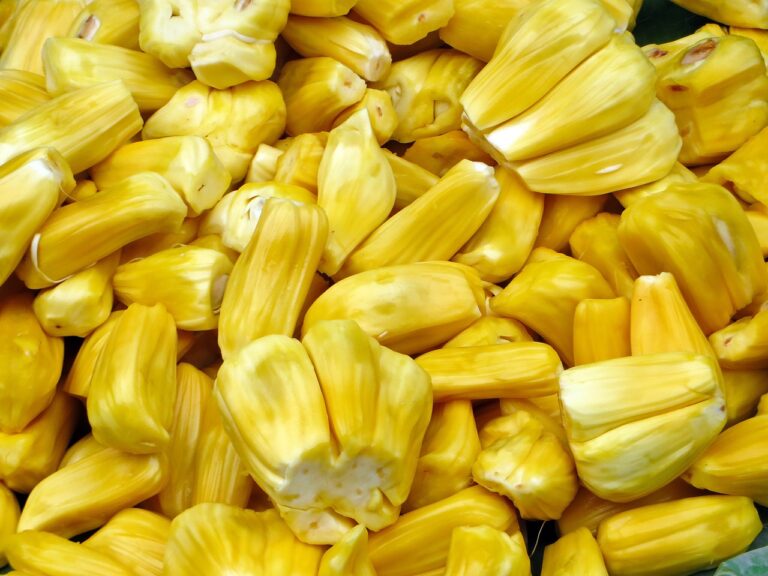The Future of Food Packaging: Innovations in Edible and Dissolvable Packaging Materials
Traditional food packaging faces various challenges in the modern food industry. One prominent issue is the lack of sufficient sustainability in the materials used for packaging. The heavy reliance on plastic packaging not only contributes to environmental pollution but also poses health risks when these chemicals leach into the food products.
Another challenge in traditional food packaging is the limited shelf life of certain materials, leading to food wastage. For example, perishable items packed in non-biodegradable materials can result in quicker spoilage, thereby affecting the quality and safety of the food. Additionally, the disposal of traditional packaging materials often requires significant energy and resources, further exacerbating the environmental impact of the packaging industry.
Benefits of Edible Packaging Materials
Edible packaging materials offer a promising solution to the global issue of plastic waste. These innovative materials are designed to be consumed along with the food, reducing the amount of packaging waste that ends up in landfills or oceans. Additionally, edible packaging can help minimize the carbon footprint associated with traditional packaging production and disposal.
Furthermore, edible packaging materials can enhance food safety by providing a protective barrier against external contaminants. By creating a seal around the food product, edible packaging helps to maintain freshness and prevent spoilage. This can result in a longer shelf life for the food items, reducing food waste and promoting sustainability in the food industry.
Environmental Impact of Dissolvable Packaging
Dissolvable packaging has become a popular choice for reducing waste and minimizing environmental impact. These materials are designed to break down easily in water, eliminating the need for traditional plastic packaging that can linger in landfills for hundreds of years.
By utilizing dissolvable packaging, companies are taking a step towards a more sustainable future. They are able to minimize their carbon footprint and reduce the overall amount of waste generated from packaging materials. This innovation not only benefits the environment but also helps to meet the increasing demand for environmentally-friendly packaging solutions.
What are some challenges in traditional food packaging?
Some challenges in traditional food packaging include the generation of plastic waste, reliance on non-biodegradable materials, and the potential for harmful chemicals to leach into food.
What are the benefits of edible packaging materials?
Edible packaging materials offer a sustainable alternative to traditional packaging, reduce waste, and can provide additional nutrients or flavors to the food product.
What is the environmental impact of dissolvable packaging?
Dissolvable packaging can help reduce plastic waste and pollution, as it breaks down easily in water and soil. However, the production of dissolvable packaging materials may still have some environmental impact, depending on the resources used.
Is dissolvable packaging a viable solution for reducing plastic waste?
Dissolvable packaging can be a viable solution for reducing plastic waste, as it offers a more sustainable alternative to traditional packaging materials. However, its overall impact on the environment should be carefully considered.

